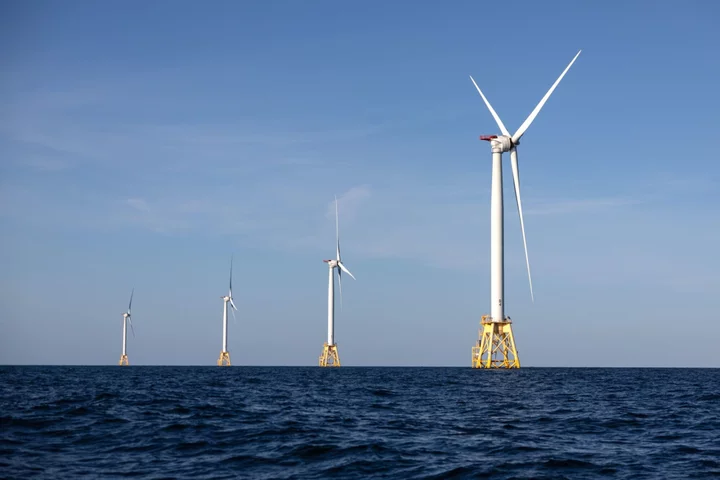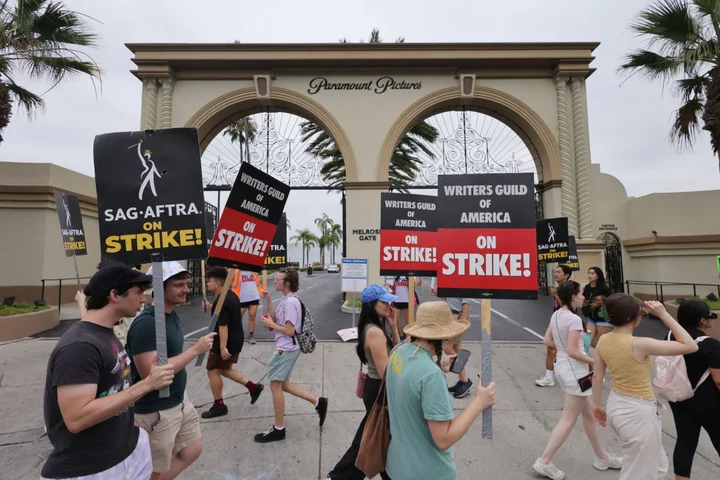Orsted A/S’s potential $2.3 billion impairment on its US projects is just the latest in a string of recent setbacks for the nascent US offshore wind industry, which is struggling to fulfill ambitious goals set by President Joe Biden.
Supply-chain issues, high interest rates and a so-far-unsuccessful bid for more federal tax credits threaten three planned projects off the US East Coast, Orsted said late Tuesday. The Danish company’s shares plunged 25%, the most on record, after its impairment warning.
Orsted isn’t alone in facing such issues. Developers including Avangrid Inc. and Shell New Energies are delaying projects after rising costs made some plans economically unviable. That’s a blow to Northeast states that are counting on the clean energy as well as Biden’s goal of installing 30 gigawatts of offshore wind capacity by the end of the decade.
“The massive attention for offshore wind, including ambitious state and federal goals, are running into the hard realities of energy infrastructure,” said Benjamin Salisbury, director of research at Height Capital Markets. “I think there’s a tendency for developers to think of themselves as the ‘good guys’ and be surprised when there are hurdles.”
Read More: Wind Power Is in Crisis Just When the World Needs It Most
On Tuesday, just two companies showed up for a closely watched auction of wind leases in the Gulf of Mexico, a blow for advocates cheering on renewable-power development in the region. The government ultimately sold just one tract for $5.6 million.
Energy companies may be recalibrating their bidding strategies after years of paying top dollar for prime real estate near large cities in the Northeast. The US government collected a record $4.4 billion in an auction last year for offshore wind leases near New York and New Jersey.
There are only two offshore projects that are under construction in the US — both south of Martha’s Vineyard, Massachusetts. They were able to line up supply deals before inflation drove up costs.
(Adds shares in second paragraph. An earlier version corrected impairment charge in first graph.)
Author: Jennifer A. Dlouhy and Will Wade









